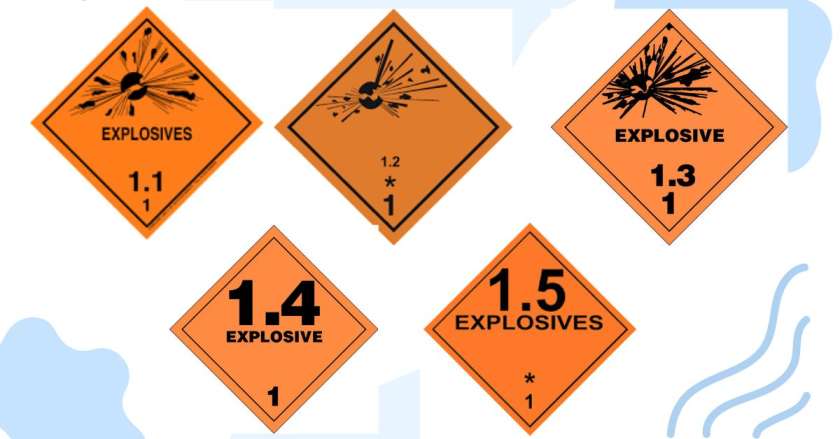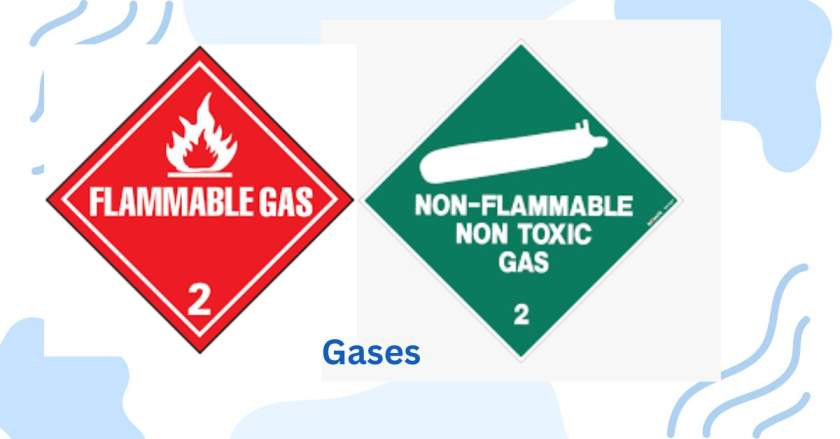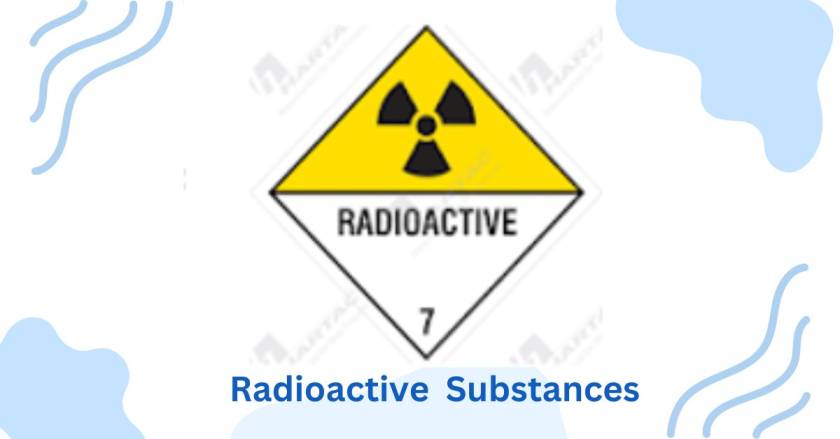What Is UN Classification Of Hazardous Chemicals ?
The UN classification system categorizes hazardous materials into specific types and assigns each a corresponding UN number.
The United Nations (UN) classification system for hazardous chemicals is a structured method to categorize and identify dangerous goods during international transport.
Read More : Confined Space Permit
Read More : Rupture Disc
UN Number :

UN Numbers (United Nations Numbers) are four-digit identifiers for hazardous materials used in international transport.
Each hazardous material is assigned a UN number and classified into specific classes and divisions based on their primary hazards.
UN Number Range :
UN numbers are assigned by the United Nations Committee of Experts on the Transport of Dangerous Goods and range from UN 0004 to approximately UN 3550. UN numbers UN 0001 to UN 0003 are no longer in use. These numbers are used to classify and identify specific substances or articles that pose hazards during transportation. Each UN number corresponds to a unique substance or article and is part of a standardized system aimed at ensuring safe transport and handling of dangerous goods worldwide.
Here is a detailed overview of the UN Classification Of Hazardous Chemicals :
01. Explosives :

Divisions :
- 1.1 Mass Explosion Hazard
Examples : Dynamite
- 1.2 Blast Hazard
Examples : Aerial flares
- 1.3 Minor Blast Hazard
Examples : Propellant explosives
- 1.4 Major Fire Hazard
Examples : Signal cartridges
- 1.5 Blasting Agent
Examples : Grenades, fireworks
Example : Extremely insensitive detonating substances
02. Gases :

Divisions :
- 2.1 Flammable Gases :
Examples: Methane, propane, natural gas (Gases at or below 20°C)
- 2.2 Non-Flammable, Non-Toxic Gases :
Examples: Carbon dioxide, helium, nitrogen (Gases above 20°C)
- 2.3 Toxic Gases :
Examples: Chlorine, phosgene, sulfur dioxide, ammonia
Description: Gases that are toxic or corrosive and pose a health hazard.
03. Flammable Liquids :

Definition: Liquids, mixtures of liquids, or liquids containing solids in solution or suspension that emit flammable vapors at temperatures not exceeding 60-65°C.
These substances pose significant hazards due to their volatility and combustibility.
There are no subdivisions.
Examples: Toluene, methanol, hexane, heptane
04. Flammable Solids :

Divisions:
- 4.1 Flammable Solids :
Examples: Sodium metal, phosphorus, lithium
Description : Solids that are easily ignitable and can cause a fire through friction.
- 4.2 Substances Liable to Spontaneous Combustion :
Example : Lithium
Description : Substances that can spontaneously ignite when in contact with air.
- 4.3 Substances which, in Contact with Water, Emit Flammable Gases :
Examples: Sodium, calcium
Description: Substances that emit flammable gases upon contact with water.
05. Oxidizing Substances :

Divisions :
- 5.1 Oxidizers : Substances that contribute to combustion by yielding oxygen.
Examples : Sulfuric acid, chlorine
Description : Substances that can cause or enhance the combustion of other materials by yielding oxygen.
- 5.2 Organic Peroxides : Derivatives of hydrogen peroxide where one or both hydrogen atoms are replaced by organic radicals.
Examples : Bromine, ammonium perchlorate, chromic acid
Description : Derivatives of hydrogen peroxide that can be thermally unstable and may cause violent reactions.
06. Toxic Substances :

Divisions:
- 6.1 Toxic Substances : Liable to cause death or serious injury if swallowed, inhaled, or in contact with skin.
Examples : Chlorine, lead, benzene
Description : Substances that can cause death, serious injury, or harm to human health if ingested, inhaled, or in contact with skin.
- 6.2 Infectious Substances : Known or expected to contain pathogens.
Examples : Viruses, bacteria, fungi, bio-weapons
Description : Substances containing pathogens that can cause disease in humans or animals.
07. Radioactive Materials:

Materials containing radionuclides with activity concentrations and total activities exceeding certain values.
Radionuclides emit ionizing radiation during decay, posing severe health risks.
A radionuclide is an atom with an unstable nucleus and which consequently is subject to radioactive decay.
There are no subdivisions within class 7.
Examples : Polonium, uranium, thorium
08. Corrosives:

Substances that degrade or disintegrate other materials upon contact through chemical action.
Corrosives cause severe damage to living tissue and surrounding materials in case of leakage.
There are no subdivisions within class 8, corrosive.
Examples : Sodium hydroxide, hydrogen peroxide, sulfuric acid
09. Miscellaneous Dangerous Goods :

Substances and articles that present dangers not covered by other classes during transport.
Miscellaneous dangerous goods are substances and articles which during transport present a danger or hazard not covered by other classes.
There are no sub-division.
Examples : Insecticides, fungicides, herbicides
Components of un classification Signs :
There are six key components of un classification :
Hazard Classification Number : This indicates the type of hazard the material presents.
UN/NA Number : A four-digit code used to identify hazardous materials.
Compatibility Letters : Letters A-S that indicate which explosive materials can be safely transported together.
Color : Colors are used to quickly identify the type of hazard:
- Orange: Explosive materials (dynamite, Aerial flares, fireworks).
- Red: Flammable goods ( gasoline, rubbing alcohol, paint, acetone).
- Green: Non-flammable substances ( compressed or liquefied gases).
- Yellow: Oxidizers ( ammonium nitrate, potassium nitrate, nitric acid).
- White: Poisonous and bio-hazardous substances ( dyes, aerosols, acids, medical waste).
- Blue: Materials that become flammable when wet ( sodium, calcium, potassium).
- Half Red and White: Substances that ignite when exposed to air ( aluminum and lithium alkyls, white phosphorus).
- Red and White Stripes: Flammable solids ( matches, magnesium).
- Red and Yellow: Organic peroxides that can ignite or explode ( methyl ethyl ketone peroxide, benzoyl peroxide).
- Yellow and White: Radioactive substances (often found in medical equipment).
- Half White and Black: Corrosive materials ( batteries, hydrochloric acid, sulfuric acid, sodium hydroxide).
- White with Black Vertical Stripes: Various dangerous goods, including environmentally hazardous substances ( Insecticides, fungicides, herbicides )
Q & A :
01) What is an UN number in dangerous goods ?
Ans. UN Numbers (United Nations Numbers) are four-digit identifiers for hazardous materials used in international transport.
02) How to classify dangerous goods ?
Ans. Class 1. Explosives
Class 2. Gases
Class 3. Flammable liquids
Class 4.1 / 4.2 / 4.3. Flammable Solids
Class 5.1 / 5.2. Oxidizing Substances
Class 6.1 / 6.2. Toxic & Infectious Substances
Class 7. Radioactive
Class 8. Corrosives
03) How many UN codes are there ?
Ans. UN numbers are assigned by the United Nations Committee of Experts on the Transport of Dangerous Goods and range from UN 0004 to approximately UN 3550.
